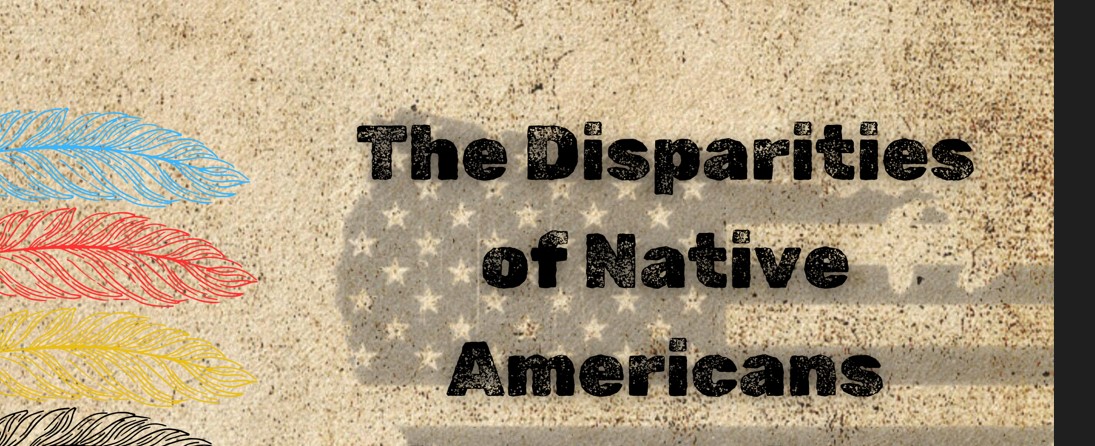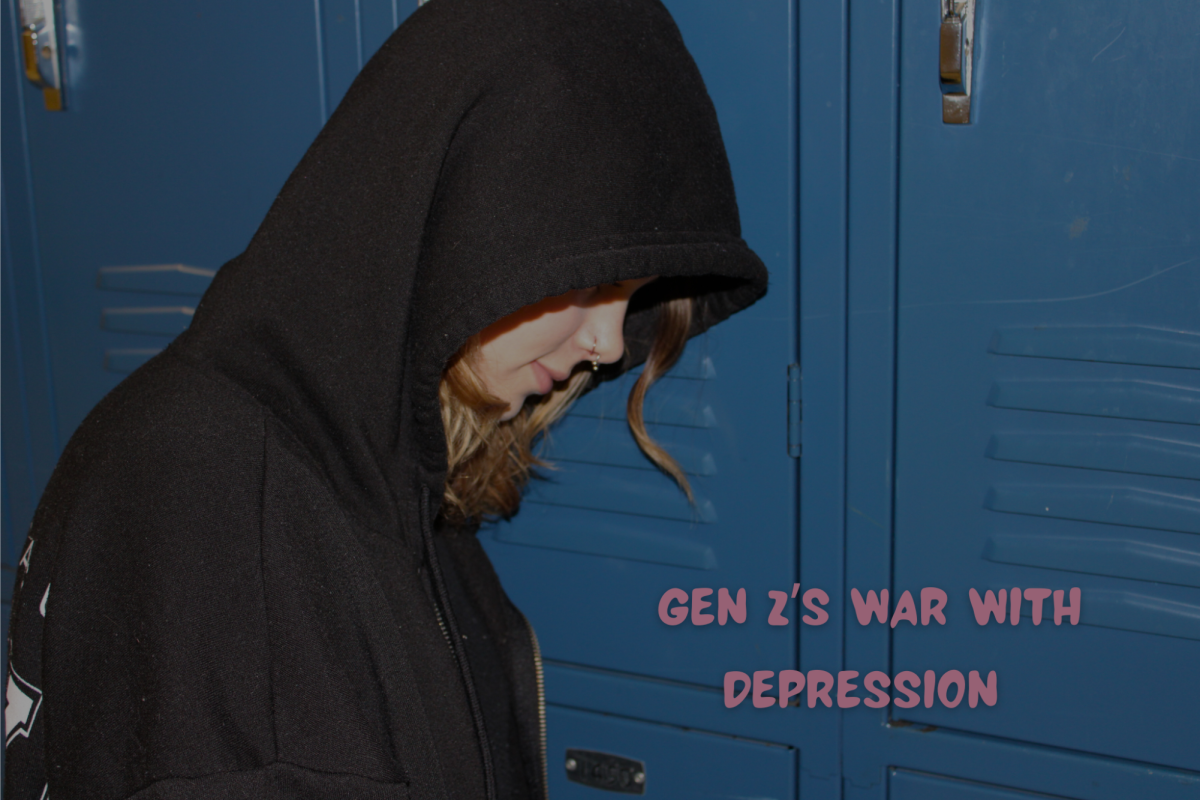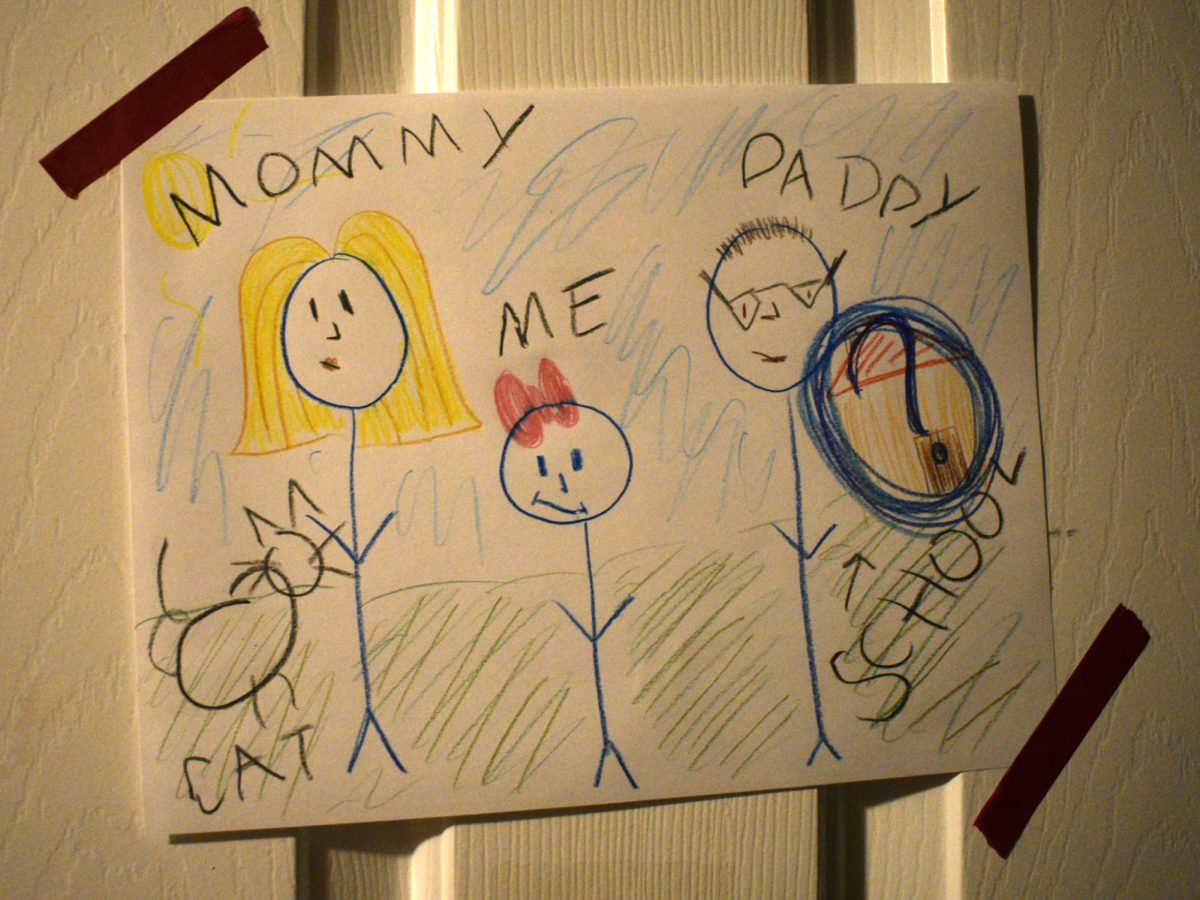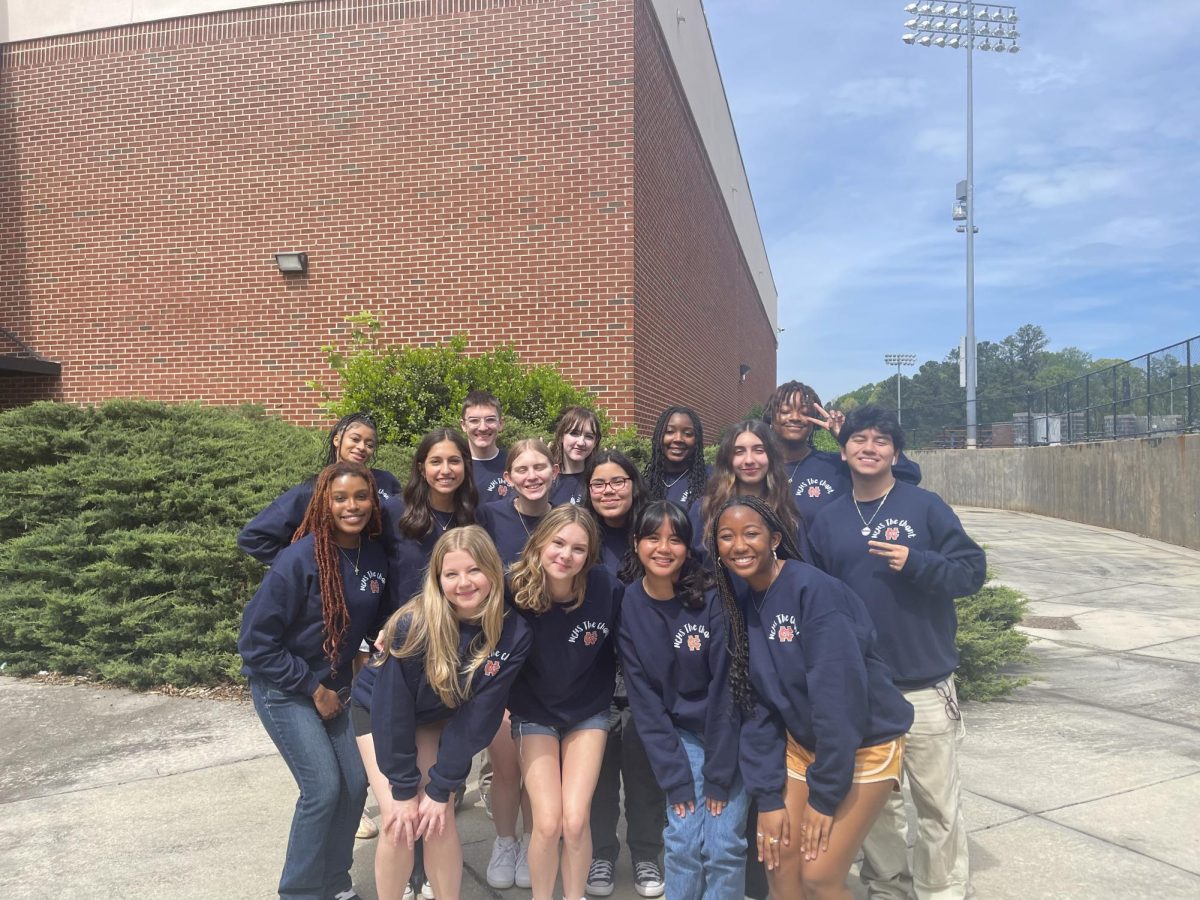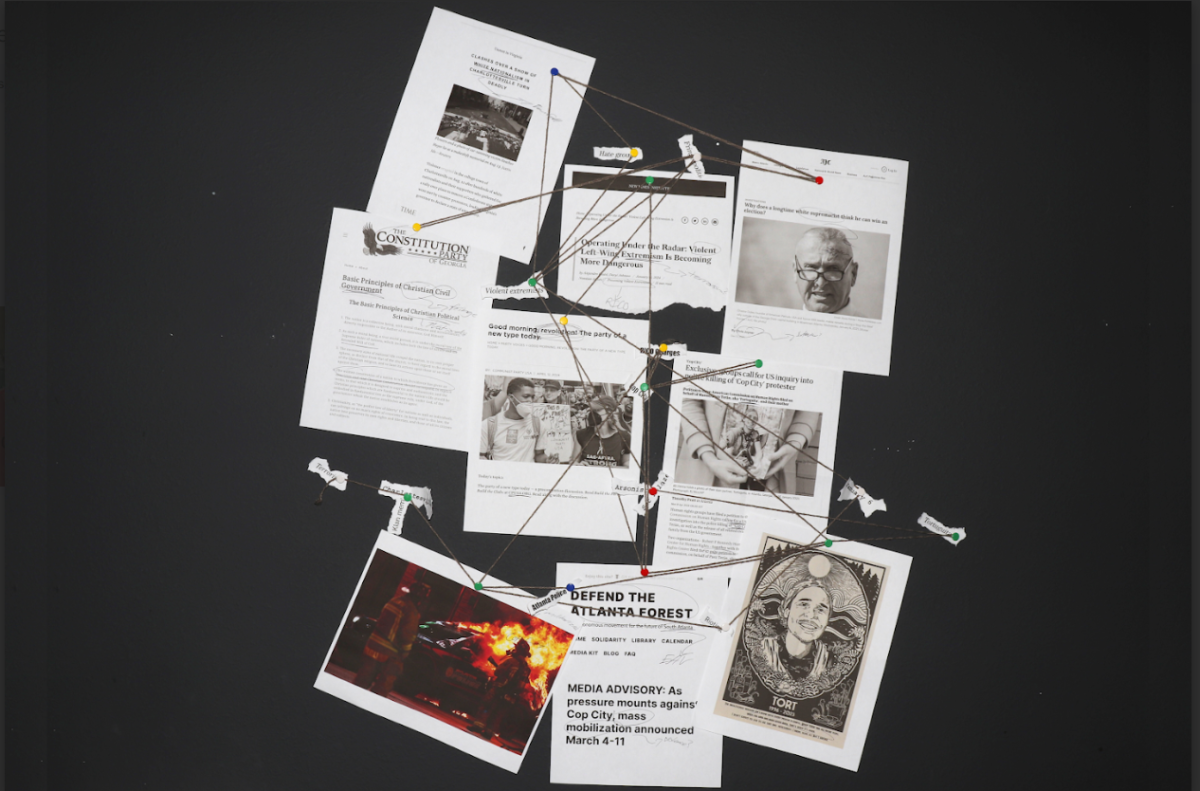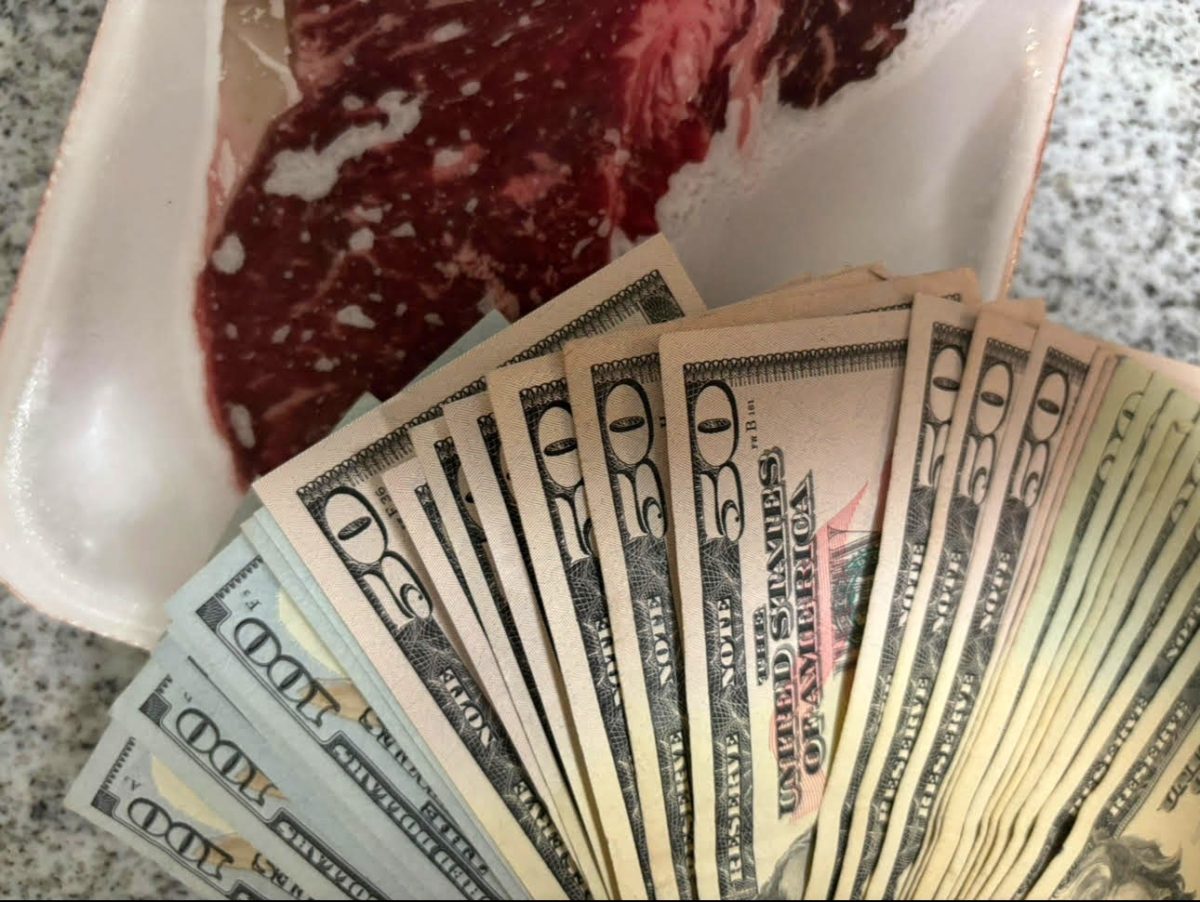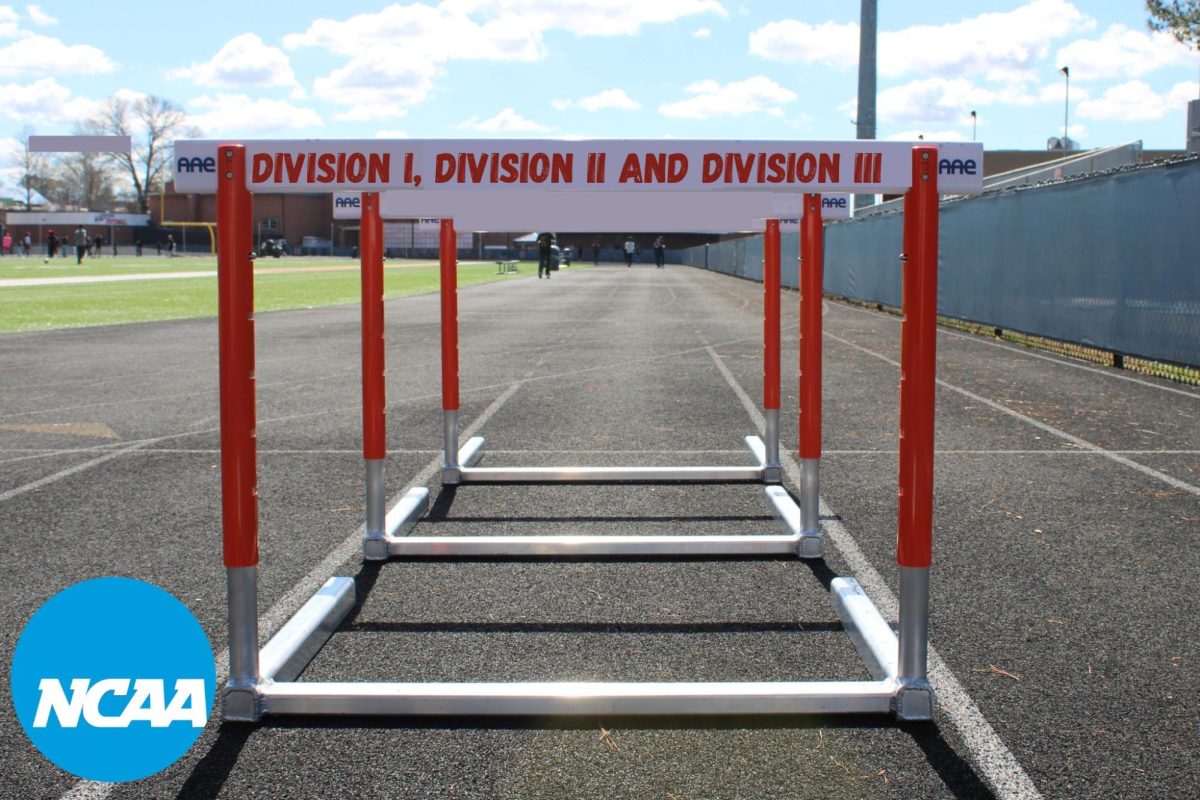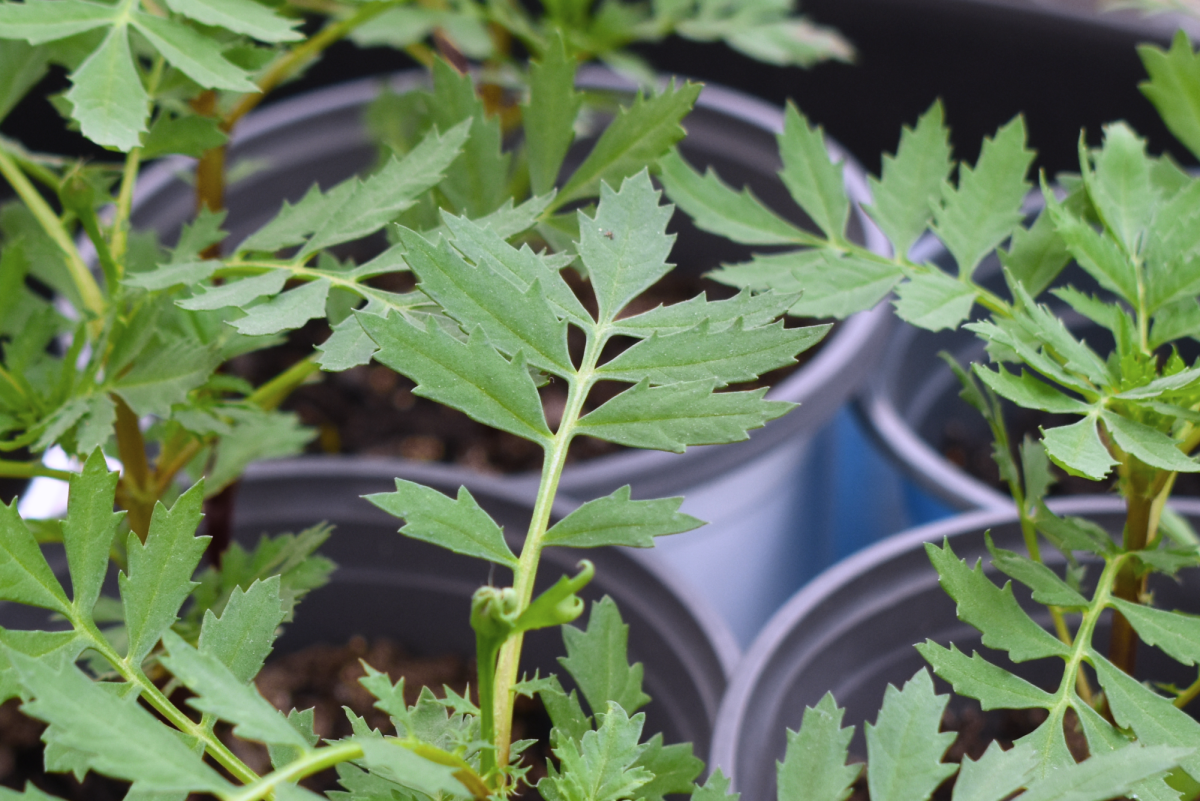Amidst the land of vast horizons and promise, the narratives of America’s original people still haunt them today. As the United States carries a rich history, the struggles of Native Americans have continued since their displacement and colonization which Americans can no longer ignore. Their harsh realities fall below the values of equality the US declares to uphold. As Native Americans encounter hardships and inhumane living conditions on reservations, they lack the provisions and support needed to regain their stability and promote their communities. Bringing attention to their adversities can work towards providing solutions to the individuals who originally inhabited America.
The challenges of Native Americans have continued to plague them since the Europeans colonized their land and established discriminatory practices. NC students taking AP U.S. History or any U.S. history class can recount learning about the discriminatory practices toward Indigenous people. After European colonizers arrived in North America, they brought pathogens and diseases such as smallpox and measles that spread rapidly to Indigenous populations. Indigenous populations remained vulnerable as they lacked immunity to combat these diseases, causing an estimated 90% of the Native American population to die after exposure. Pushes for Westward Expansion sought to expand to the West Coast, but this agenda led to settlers encroaching on Indigenous land and gaining their territories through violence. In 1830, former President Andrew Jackson signed the Indian Removal Act into law which forcibly removed Native Americans from their land and pushed them into resettlement areas in the West. This led to the scarring Trail of Tears where much of the population died of disease and malnutrition. This contributed to their loss of culture from their loss of Indigenous land and historical and generational trauma that still affects Native populations.
“With colonization, it was devastating demographically because the diseases that Native Americans had not been exposed to easily led to the death of many of the Native Americans to the point where it [the Native population] was never able to recuperate in terms of numbers of the population. Culturally, Americans pushed to force them into speaking their languages and practicing their religion depending on their location,” AP U.S. History teacher Tamara Rakenburg said.
Reeducation boarding schools, operated by the federal government, aimed to assimilate Native children with the purpose of “Kill the Indian, Save The Man”, leading Indigenous children to either voluntarily enroll or face forced removal from their homes into these schools. These boarding schools enforced a mid-19th-century Protestant ideology, compelling students to adopt the “American way of life.” Children would endure abuse when expressing any remote aspect of their culture such as speaking their language or traditional practices. The total number of Indigenous children taken remains unknown and a significant amount of the children did not return home and remain unaccounted for.
Tribal lands and reservations lack the services needed for Natives to survive. They also lack sufficient and diverse employment opportunities for Indigenous families to flourish. The majority of jobs on tribal lands come from federal and tribal governments. Despite this viable source of employment, four to eight out of every ten adults on reservations face unemployment. The scarcity of jobs contributes to the high levels of poverty within Indigenous populations on reservations. Native Americans stand as the most impoverished ethnic group in the U.S., and for those residing on reservations, the rate of living below the poverty line escalates.
Housing on reservations has become a pressing issue that reveals the inadequacy of federal housing programs and further disparities compared to the rest of the U.S. population. The U.S. Housing and Urban Development estimates that between 42,000 to 85,000 Native Americans living on tribal lands face homelessness. Indigenous individuals who cannot maintain independent housing stay with friends or family members, also known as doubling-up. This leads to overcrowding, an issue that nearly every Indigenous community reports as a problem.
“Reservations are really small because you have buildings all together, like stacked up. There’s some houses that are bigger because their family members actually gave it to them because they had land there. Families on reservations don’t really have anything. If they drive farther and farther out like to cities, they can access more places,” junior Neriah Blackfish said.
Tribal families face nearly five times the likelihood of living in substandard housing compared to the general population. In addition, they also encounter a fivefold increase in the likelihood of living in homes that lack basic services such as plumbing. Furthermore, families living on tribal lands face roughly four times the chance of living in homes without a sink, stove or refrigerator, and a 1,200-fold increase in the possibility of living in homes with heating issues. Introducing additional job opportunities with livable wages to reservations can improve living conditions that provide stability to Native families and accommodate them with an opportunity to earn livable incomes that support the cost of living on these tribal lands.
The US Department of Housing and Urban Development established the Indian Housing Block Grant (IHBG) to provide affordable housing activities on reservations and Indian lands, but the program has remained relatively stagnant since 1998. The disruption of Native traditions has caused serious issues in Indigenous communities.
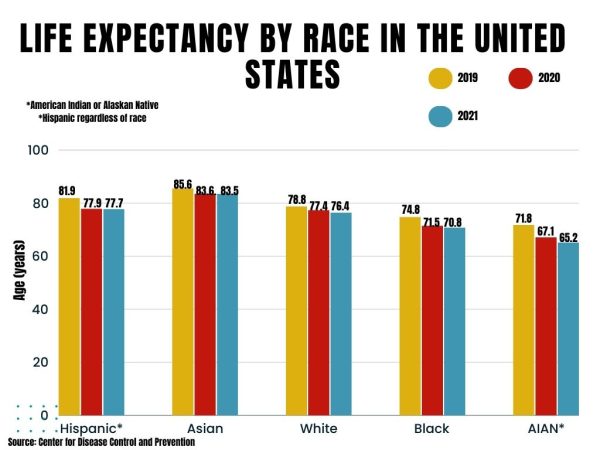
When Europeans exposed Indigenous Americans to beverages with higher alcohol content, tribes lacked the needed development to establish a system of regulated use. Furthermore, Europeans traded the beverages, causing frequent intoxication of colonizers to become a model of the social use of alcohol among the inexperienced Indian populations.
Data from the Indian Health Service from 2016 to 2020 shows that Native Americans experience a higher rate of alcohol-related deaths than the rest of the U.S. Effects of high alcohol use have led to Native Americans encountering high rates of accidents, injuries, violence and mental health disorders. Chronic diseases have also resulted directly from alcohol, leading Native Americans to receive a diagnosis of chronic liver disease 1.8 times more likely than non-Hispanic whites. Poverty, housing problems and unemployment prevalent on reservations contribute to Indigenous communities’ higher likelihood of turning to alcohol abuse. Effective counseling can combat the high rates of alcoholism within Native communities. Additionally, motivational interviewing can ensure Indigenous populations achieve harmony and balance through a connection to spiritual needs which helps the battle with addiction.
“If you’re native, you get drunk really quickly. You become an alcoholic all your life. My mom started drinking around our age and she had been that since she passed at 25. Alcohol gets really bad with natives. They don’t know how to stop and it’s really bad and that’s why some of us don’t drink alcohol because it shuts your liver down when you continuously drink more and more. It’s really hard for natives to stop but if they stop they still want to go drink alcohol. [Counseling services] would help them more to try to drink less than what they normally drink. For example, if they drink if they drink a cup of vodka, that’s acceptable but if they drink more than a cup of vodka or any type of liquor they would probably get back to drinking again and again and would probably have to go back to counseling again,” Blackfish said.
Native Americans face several disparities in violence in comparison to non-Natives. A 2016 study by the National Institute of Justice revealed that 84.3% of Native American women experienced violence in their lifetime and 56.1% of Indigenous women encountered sexual violence. Indigenous individuals experience higher rates of murder, rape and violent crime than the national average. Native American women make up the second-highest rate of homicides in 2020. Additionally, homicide remained the top 10 leading causes of death in American Indian and Alaskan Native women from ages one to 45. Tribal nations and Native people have directly linked the history of colonizers murdering Indigenous populations to the devaluing of crimes by the justice system against Native women. Implementing resources and policies that effectively prosecute crimes against Natives on reservations ensures justice for Indigenous victims, especially Native women. Expanding the tribal justice system with sufficient funding and employees can help victims of crimes and Native communities feel empowered.
Native Americans combat significant health disparities as well, including a lower life expectancy compared to the overall U.S. population. Indigenous populations experience higher mortality rates from preventable diseases such as heart disease, diabetes and chronic liver disease. During the COVID-19 pandemic, Native Americans experienced a higher impact than any other race, highlighting the inefficiencies and health challenges within federal health services. The pandemic also made it difficult for Indigenous populations to recover, contributing to increased mortality rates and shortening their life expectancy in recent years. The majority of Native Americans depend on the Indian Health Service for medical services. However, these services lack funding, leading to inadequate coverage of health disparities and promoting a crisis-driven healthcare system that lacks preventative measures for avoidable diseases. Year after year, the requested monetary support Tribal governments have asked for from the congressional budget has gone ignored, leading to the inefficiency and lack of resources Native healthcare services face.
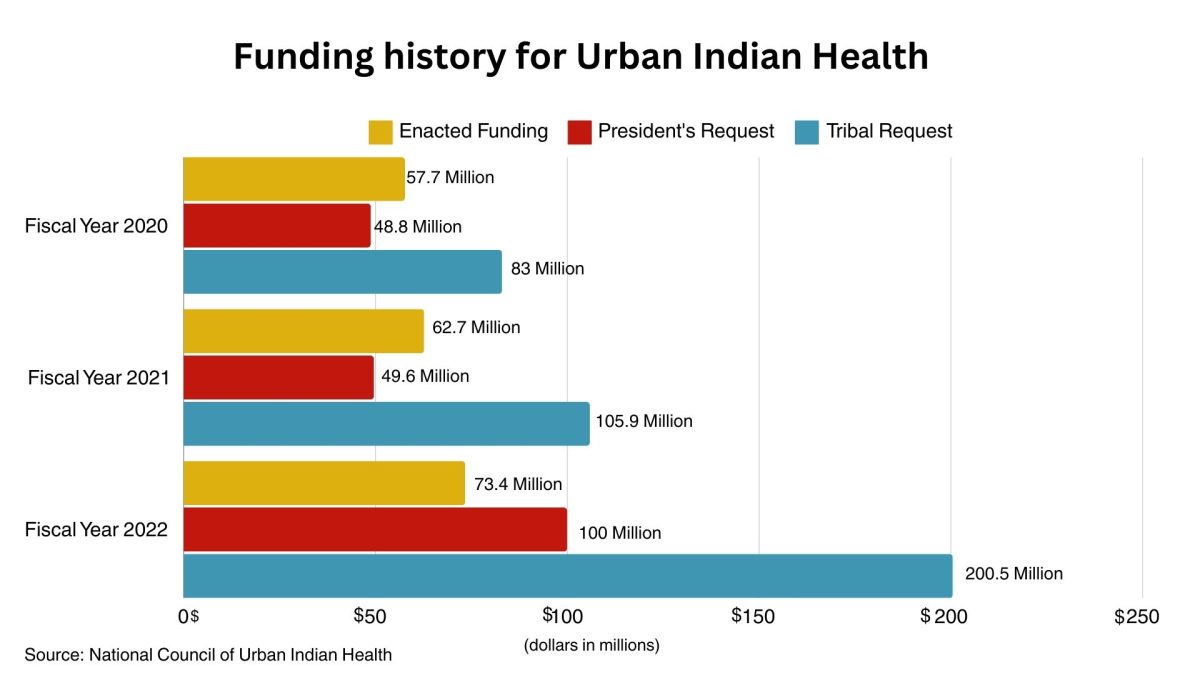
Addressing the multiple disparities in health and overall living standards poses a pressing issue, as targeted and allocated federal spending on Native American health services can benefit the development of an efficient public and preventative health system.
“As a result of the chronic underfunding of the Indian Health Service, these facilities very often are not able to provide more than primary medical care. Suppose we don’t get the resources that we need. In that case, it’s always going to be a struggle for us to begin to address the underlying health conditions that were built as a result of the colonial oppression and suppression of both our health and economic prosperity within the Indian Country. So until we see full funding of the Indian Health Service, we are always going to be struggling to do more than just provide the immediate needs of our people,” Director of the Urban Indian Health Institute Abigail Echo-Hawk said.
The forced removal of Native Americans from their land contributed to the issue of food insecurity and obesity prevalence on reservations. Instead of living off the native crops and agricultural practices Natives lived off for generations, unfamiliar reservations offered no substitution for their traditional food systems. One in four Native Americans face food insecurity, a rate higher than that of one in nine non-native Americans. Reservations across the United States lack access to full-service grocery stores, resulting in food deserts where fast-food restaurants and convenience stores plague the area. Due to the already high levels of poverty and unemployment, families on reservations opt for cheap, bulk foods, typically unhealthy ones. Healthy food options also come at a higher cost compared to unhealthy alternatives. Additionally, the prices of food on reservations remain at a higher rate than the national average. Transportation costs become the driving factor of the high prices of groceries on reservations, especially in remote communities. Although the U.S. provides food commodities to low-income Indigenous members, the food lacks nutritional value and consists mainly of fats and carbohydrates. The deprivation of full-functioning grocery stores and the lack of access and affordability to nutritious food result in the high rates of obesity and diabetes on reservations and Native Americans overall. Enforcing price controls on food items and supplying healthier subsidized food can contribute to reducing the consumption of unhealthy foods and lowering obesity rates.
“Food deserts are characterized by lack of access to fresh food via gardens, open markets such as farmers markets or grocery stores that carry it. That lack of access to fresh groceries has been replaced, because they see it as a business opportunity, lots of fast food places move in, and companies who sell mostly unhealthy food that is fatty and high in carbohydrates that end up leading to heart diseases, diabetes and obesity-related diseases,” AP Human Geography teacher Teresa Melara said.
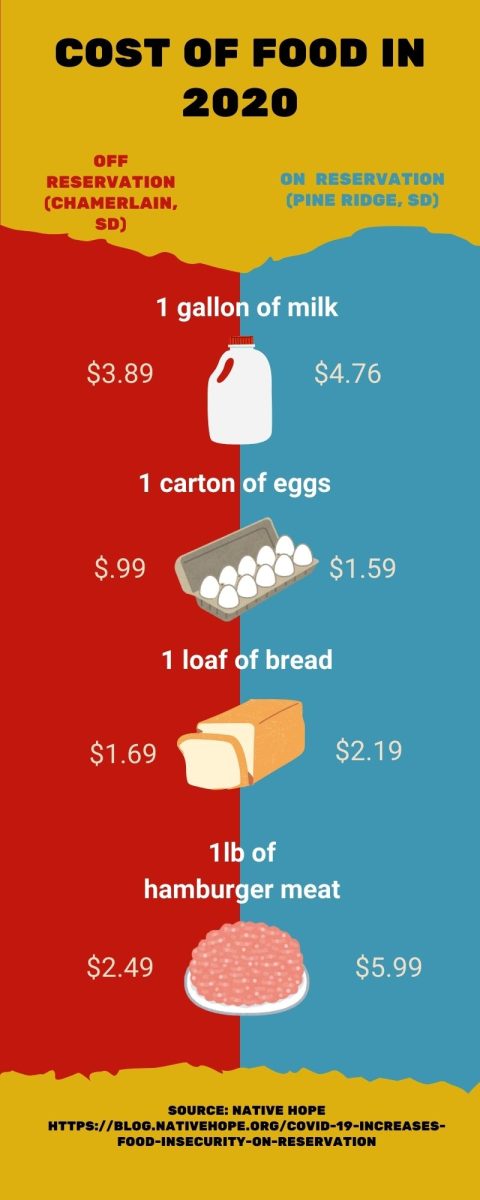
Systematic and historical challenges continue to hurt the Native population. Beginning to supply the essential funding for federal Native healthcare can assist in lowering the health issues that plague the Indigenous communities. Mental health services can benefit Native populations that face prevalent alcoholism. Creating diverse jobs can ensure a stable job market and an opportunity to escape generational poverty. Tackling economic development and investing in food infrastructure could result in decreasing reliance on unhealthy, cheap food. Acknowledging the inequities Native Americans face can spotlight solutions to secure a safe future for Indigenous generations.


